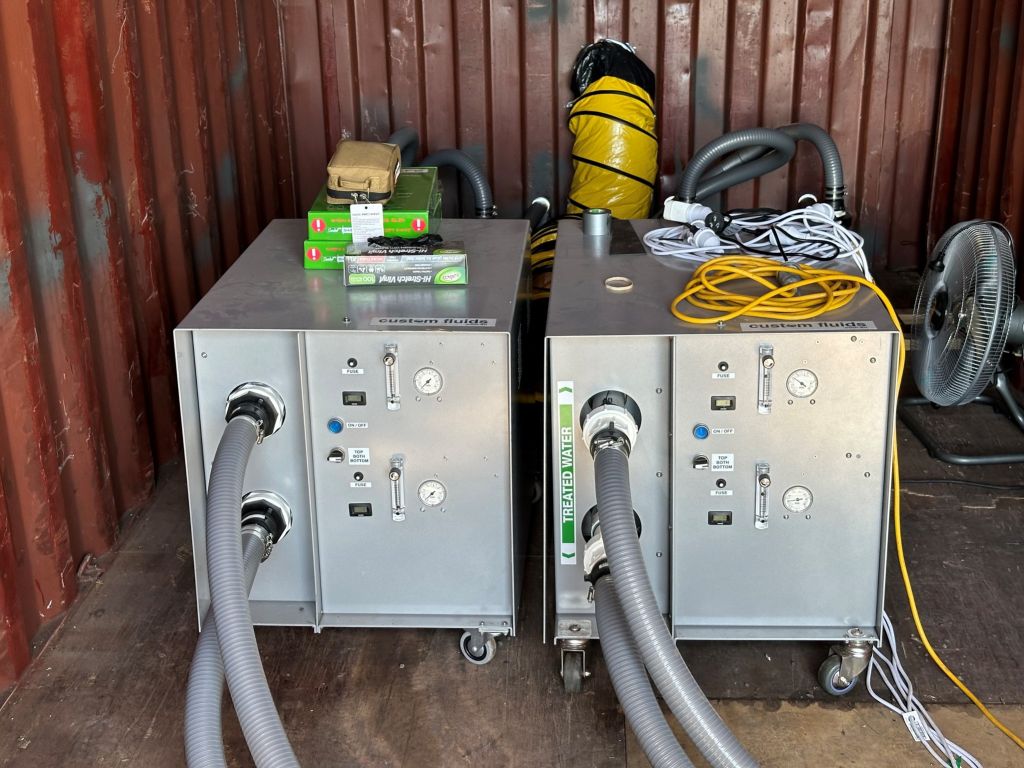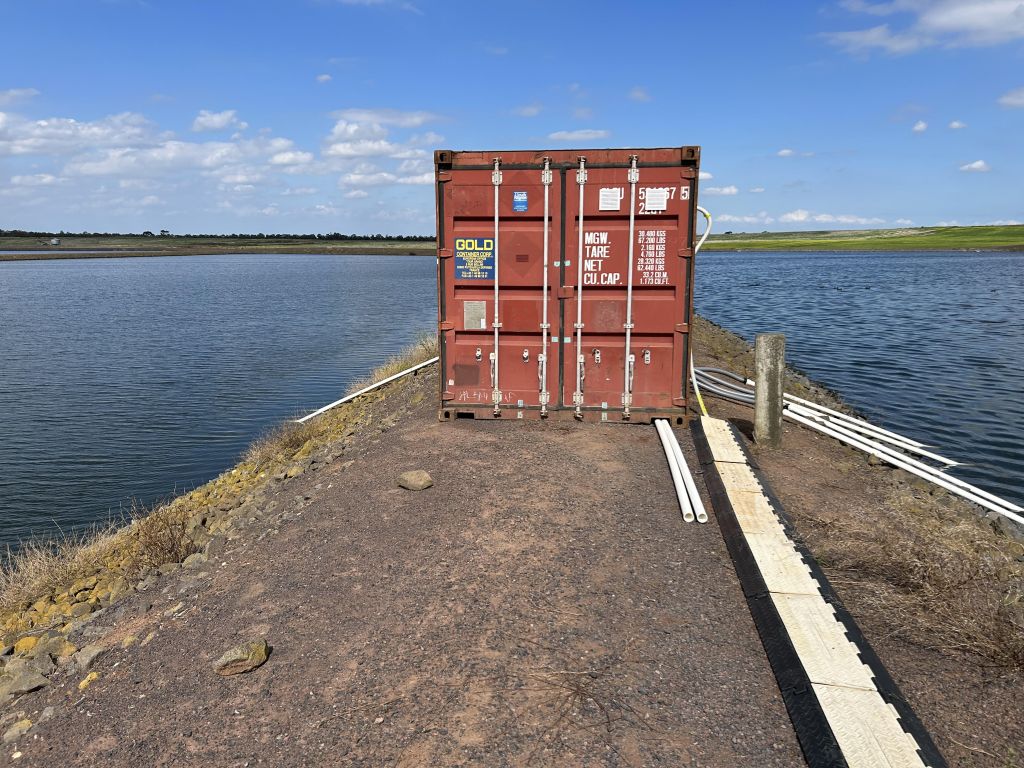Wastewater Treatment
Water Treatment Plants account for a significant portion of a cities carbon emissions. This is often due to aeration of the secondary treatment process which can consume as high as 30% of the plants’ total energy requirements.
In order to produce Class A recycled water, the secondary treatment plants often contain bioreactors which applies the activated sludge process in a multi pass process to undertake both nitrification/denitrification (N/DeN) of the incoming ammonia load.
The N/DeN process requires both aerobic and anoxic zones. Nitrification occurs in the aerobic zone, which requires a significant amount of oxygen to enable the oxidation of ammonia to nitrate.
Custom Fluids Oxygenation systems can be retrofitted to existing infrastructure either as a replacement or a top up to existing methods of introducing oxygen.
With a Standard oxygen transfer efficiency (SOTE) of >90%, our solutions are able to increase oxygen more efficiently than standard aeration methods. This too is achieved by our increasing the Dissolved Oxygen through minimal offgassing.
Through the Custom Fluids Oxygenation solution, some benefits you will find for your plant are:
- Rapidly Introduce and control dissolved oxygen levels
- Offset excess loading caused by biological and chemical demand
- Offset underperforming aeration systems or antiquated designs
- Reduce electrical consumption through increased transfer efficiency
- Control of filamentous bacteria mitigating sludge bulking and foaming
- Cost effective, low OPEX, modular integration into existing systems
Call us today to discuss a trial on your plant.
Australian Municipal Waste Water Case Study
APPLICATION: Facultative Lagoon
SIZE: 69 ML
INITIAL DO: 0.26 mg/L
DO AVERAGE AFTER IMPLEMENTATION: 4.11mg/L
1,498% INCREASE IN AVERAGE DO ACROSS ENTIRE LAGOON
8.13% AMMONIA REDUCTION
71% DO INCREASE IN DOWNSTEAM SECONDARY LAGOON



